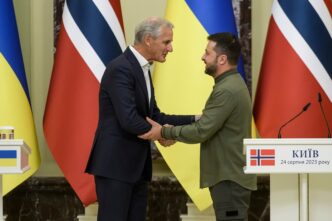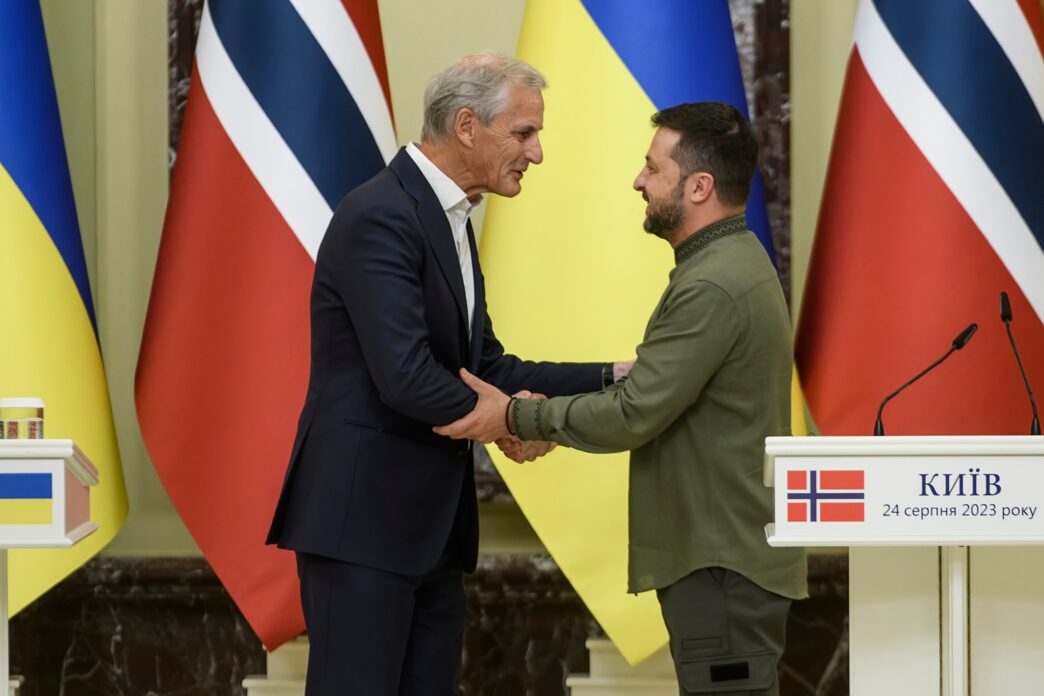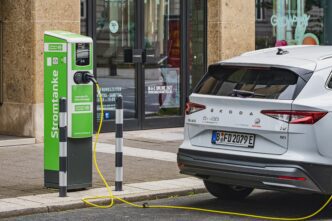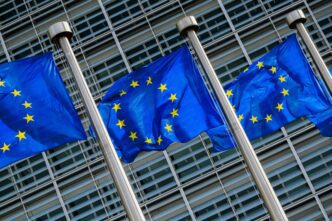Executive Summary
The Story So Far
Why This Matters
Who Thinks What?
Calls are intensifying for Norway to leverage its €1.8 trillion sovereign wealth fund to facilitate the European Union’s stalled €140 billion loan package for Ukraine. The renewed push follows a Danish newspaper’s revival of the idea during last month’s EU leaders’ meeting, with five Norwegian political parties now urging Oslo to intervene amid Belgium’s reservations regarding the use of immobilised Russian assets.
EU Loan Stalled Over Asset Concerns
EU leaders deliberated on the proposed loan for Ukraine during a summit in Brussels on October 23 but failed to reach a consensus. Belgium has expressed concerns over the legal and financial risks associated with using frozen Russian sovereign assets, which are primarily held by Euroclear, a Brussels-based clearing house. Brussels aims to present options for financing Ukraine’s needs and plans to intensify discussions with allies at a later stage.
Last week, Norwegian Prime Minister Jonas Gahr Støre ordered a “full review” of Norway’s potential involvement in the financing scheme. State Secretary at the Norwegian Finance Ministry, Ellen Reitan, affirmed that Oslo is closely monitoring the situation and maintaining dialogue with EU colleagues.
Norway’s Financial Capacity
Norway, a major oil producer, boasts the world’s largest sovereign wealth fund, valued at €1.8 trillion. This includes an estimated €109 billion accumulated from soaring gas prices in 2022 and 2023, largely a consequence of Russia’s invasion of Ukraine. EU countries are increasingly looking to Russian frozen assets, rather than their national budgets, to meet Kyiv’s significant financial requirements, which the International Monetary Fund estimates at around €55 billion for the next two years.
Origin of the Proposal
The impetus for Norway’s involvement did not originate in Brussels or Oslo but in Copenhagen. On October 23, as EU leaders convened, the Danish newspaper Politiken published an interview with two Norwegian economists who advocated for their country to use its substantial wealth and triple-A credit rating to resolve the impasse.
Danish Prime Minister Mette Frederiksen responded positively to the idea when questioned by a Politiken reporter in Brussels, though she noted no official indications of Oslo considering it. Ukrainian President Volodymyr Zelenskyy, when asked by the same reporter if he had discussed the proposal with Prime Minister Støre, appeared unfamiliar with the specific suggestion, stating, “I spoke with Jonas mostly about gas.” These exchanges garnered attention from Politico and Norwegian media, prompting smaller Norwegian parties to adopt the idea.
Potential Role and Outlook
Despite growing political calls, there is currently no strong indication that Norway will assume a leading role in the stalled loan plan. However, the country could potentially join as one of several backers. Former Norwegian Foreign Minister Ine Eriksen Søreide stated that Norwegian conservatives are amenable to the idea, provided it is undertaken in cooperation with EU countries.








